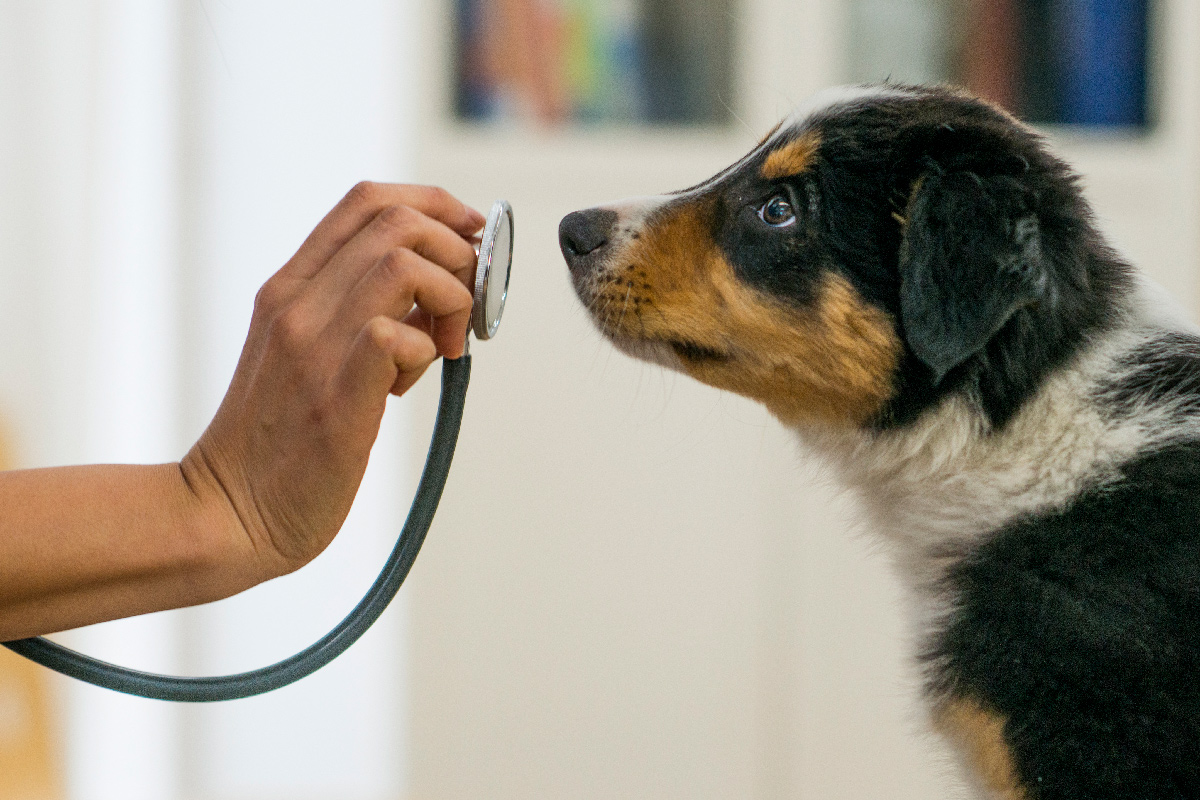Our pets show their unconditional love every day. It’s in their nature to meet us with a wagging tail or an affectionate head bump, often while hiding chronic pain and discomfort. September is Animal Pain Awareness Month; a time to call attention to the signs that our pets may be silently suffering.

Know the Signs
There are obvious pain signals your pet may be giving you, including lethargy, heavy panting, and incontinence. Other signs can be more subtle, and often mistaken for slowing down with age. Here are a few of key signs that you want to look out for and follow up on with your veterinarian.
- Decreased Activity: Your pet may not be playing like they used to or won’t go up/down the stairs. Loss of interest in daily walks.
- Difficulty Standing or Jumping: Unable to stand from a laying position. Cats may hesitate when jumping or repeatedly miss the mark.
- Decreased Appetite: No interest in food is a key sign of possible pain for your pet. It could indicate mouth pain or stomach problems.
- Overgrooming: Repeated licking or chewing the same area.

Treatments for Pain Management
The quicker you can identify that your pet is experiencing some discomfort, the quicker you can get them some help. It’s important to remember: consult with your veterinarian before giving your pet anything for pain. After a thorough examination, your veterinarian will develop an effective treatment plan that may include one or more of the following:
- Medications like non-steroidal anti-inflammatory drugs (NSAIDs) are an effective treatment for arthritic issues by helping reduce stiffness, swelling, and joint pain. They are typically safe for dogs and cats with few side effects, but they can be harmful if given incorrectly. A more natural approach may include supplements like omega fatty acids and glucosamine.
- Physical Therapy and Rehabilitation can be useful in helping to get your pet back on their paws. This can include more traditional methods, like therapeutic massage, or more advanced treatments like hydrotherapy, laser therapy and acupuncture. Our veterinary team has had great success in each of these therapies at our Don and Karen LaRocca Pet Wellness Center.
- Weight Management can be key to dealing with chronic pain. Just like in humans, an unhealthy weight can lead to various issues such as stiffness, swollen joints, breathing issues, and even depression. Starting on and maintaining a healthy diet and exercise plan will get your pet on the right track to a pain-free life.

We all love our pets and want them to always feel their best. With regular check-ups and a keen eye for changes in their moods and behavior, you and your pet will have many happy and healthy years together.


